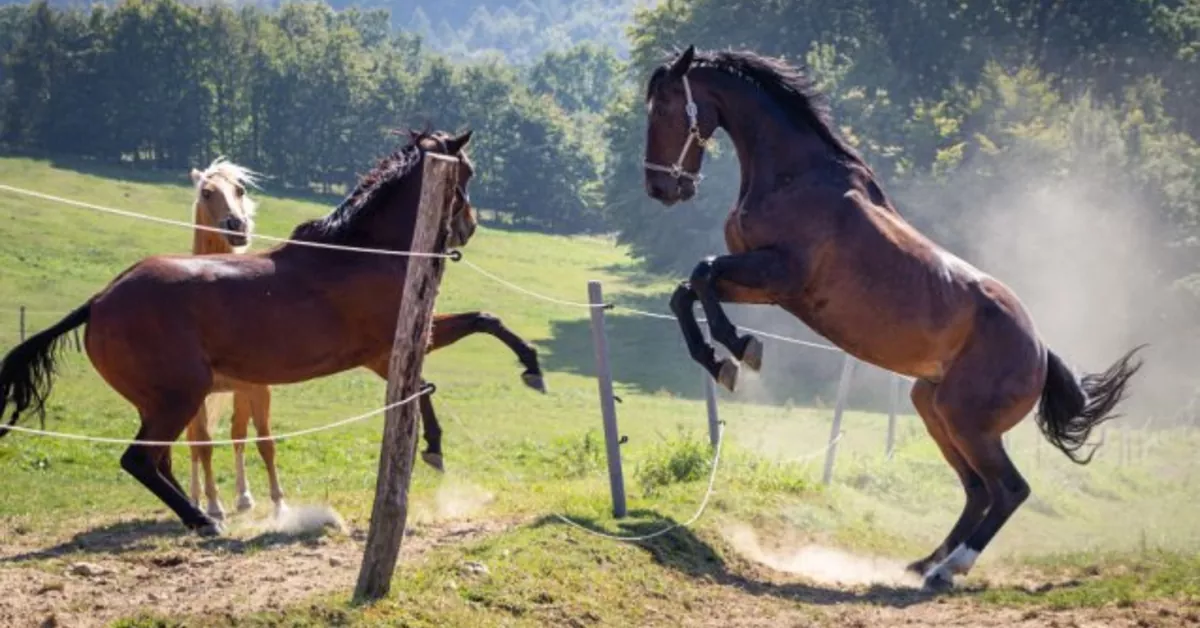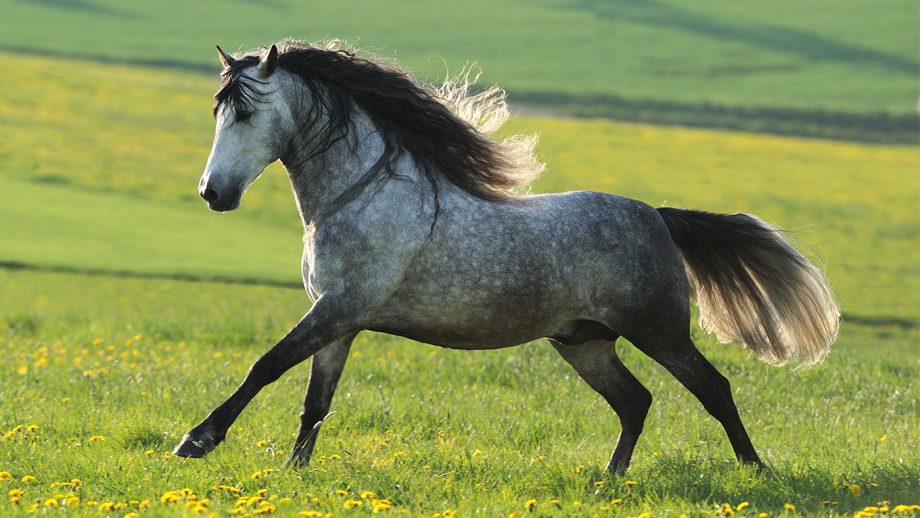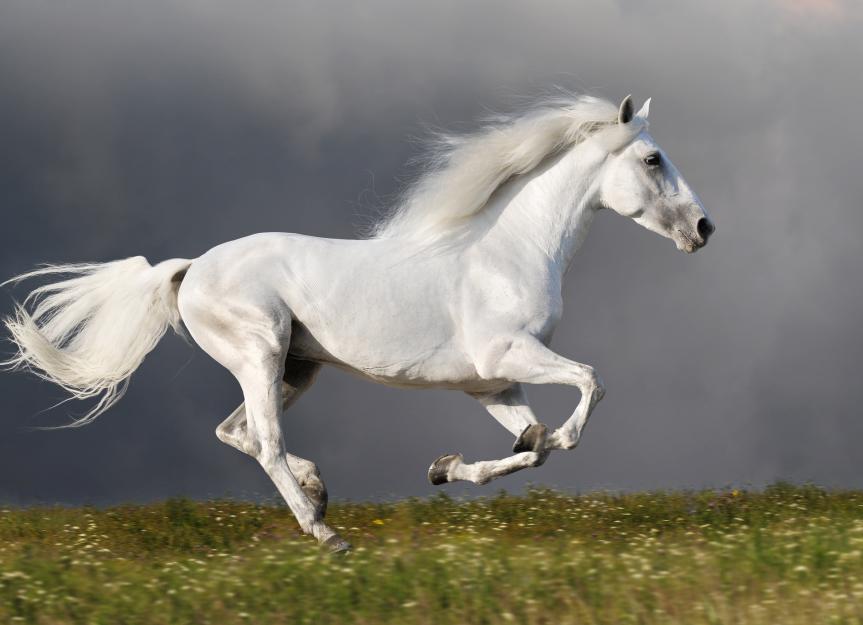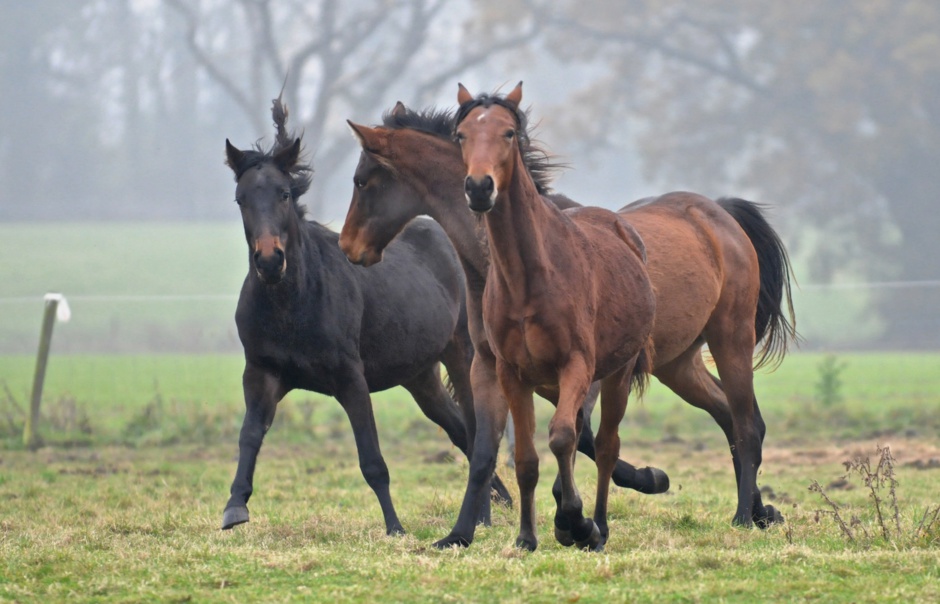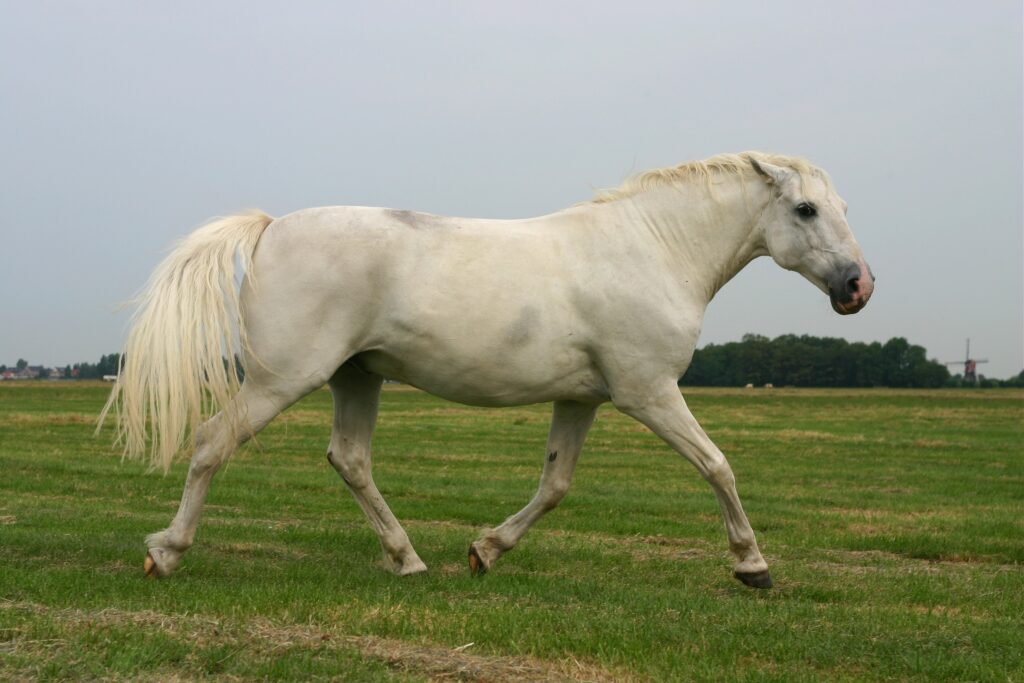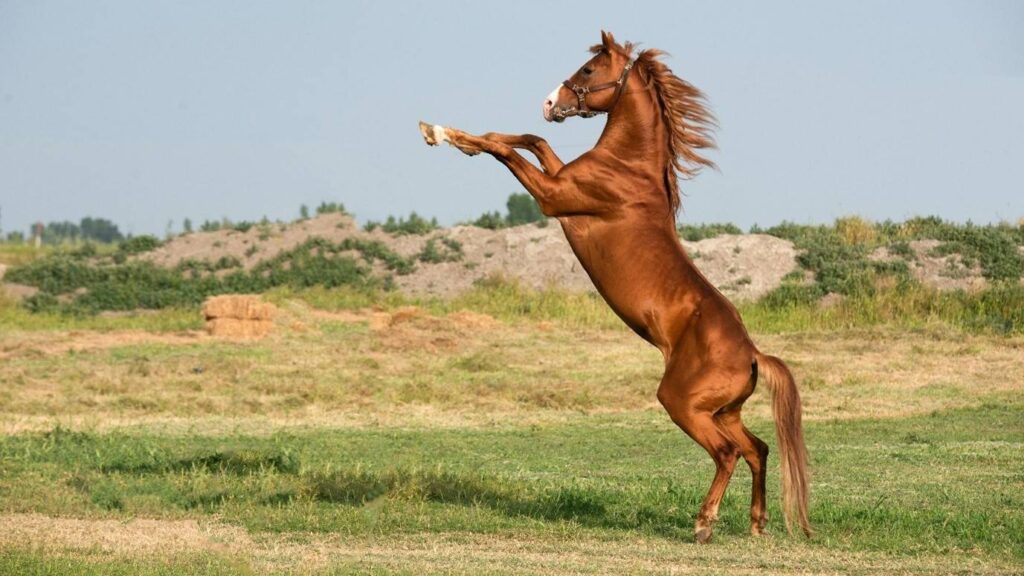Deciphering the emotional state of horses can be a complex task. These majestic creatures communicate their feelings in a variety of ways, and understanding them requires a keen eye and a deep understanding of equine behavior. This article aims to shed light on the subject, helping horse enthusiasts and professionals alike to better comprehend the emotional world of horses.
Interpreting Horse Behavior
Horses, like humans, have a wide range of emotions. They can feel joy, fear, anxiety, and even depression. These emotions are often expressed through their behavior. For example, a horse that is feeling anxious might pace back and forth or show signs of agitation. On the other hand, a happy horse might exhibit playful behavior or seem more relaxed.
Recognizing Signs of Distress
Recognizing signs of distress in horses is crucial for their welfare. Horses in distress may exhibit behaviors such as excessive sweating, rapid breathing, or restlessness. They may also show physical signs such as weight loss or changes in their coat condition. Understanding these signs can help in providing timely care and treatment.
For more detailed information on horse behavior, you can check out this descriptive guide on equine behavior.
Enhancing Horse Well-being
Understanding horse emotions is not just about recognizing signs of distress. It’s also about knowing how to enhance their well-being. Providing a safe and comfortable environment, regular exercise, and a balanced diet can significantly improve a horse’s emotional health.
To ensure your horse’s hooves are well-hydrated and protected, consider using this hydrate every hoof product. Additionally, to boost your horse’s health naturally, you might want to try nature’s boost horses.


